Leather Market Summary
As per MRFR analysis, the Leather Market Size was estimated at 93.33 USD Billion in 2024. The Leather industry is projected to grow from 98.55 USD Billion in 2025 to 169.77 USD Billion by 2035, exhibiting a compound annual growth rate (CAGR) of 5.59 during the forecast period 2025 - 2035.
Key Market Trends & Highlights
The leather market is currently experiencing a dynamic shift towards sustainability and innovation.
- North America remains the largest market for leather products, driven by a strong demand for luxury goods.
- Asia-Pacific is emerging as the fastest-growing region, with increasing consumer interest in both animal and synthetic leather.
- The small leather goods and accessories segment continues to dominate, while the footwear segment is witnessing rapid growth.
- Key market drivers include rising demand for luxury goods and a strong emphasis on sustainability and ethical sourcing.
Market Size & Forecast
| 2024 Market Size | 93.33 (USD Billion) |
| 2035 Market Size | 169.77 (USD Billion) |
| CAGR (2025 - 2035) | 5.59% |
Major Players
BASF (DE), Bayer (DE), Hides & Skins (AU), Kering (FR), LVMH (FR), Puma (DE), Tannery (IT), Wolverine Worldwide (US)


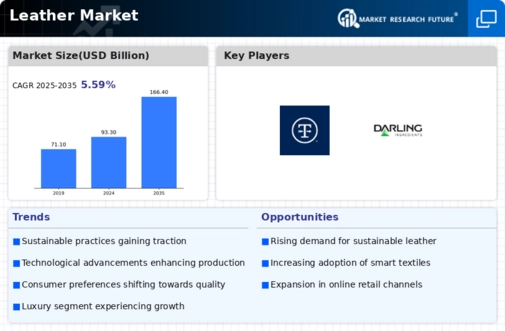

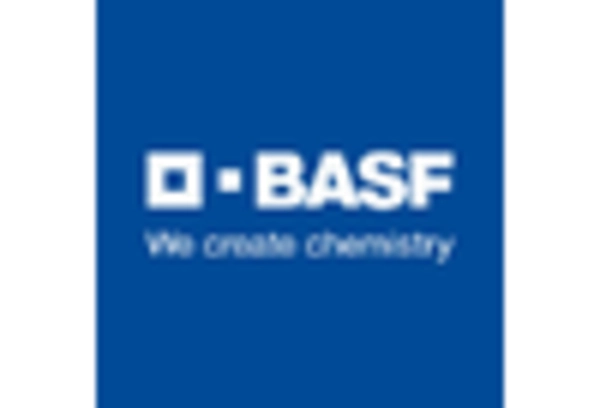
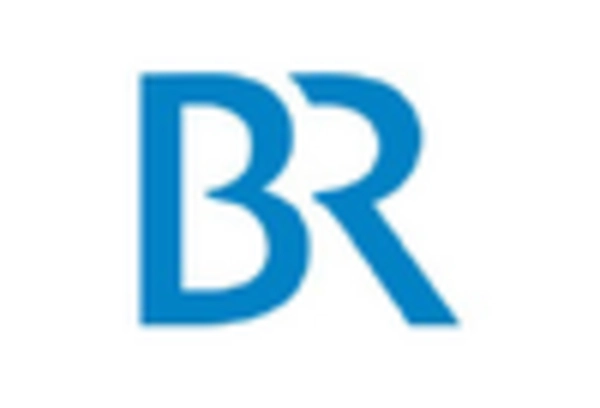

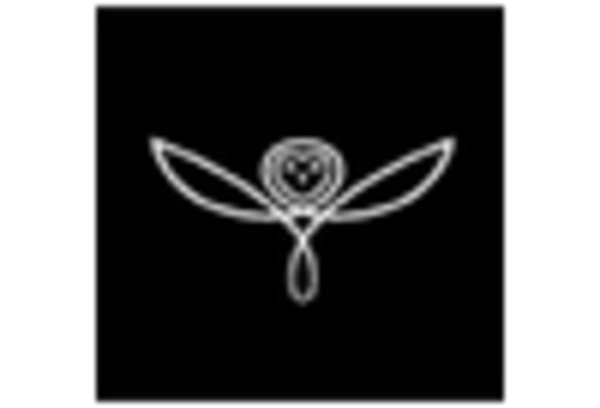
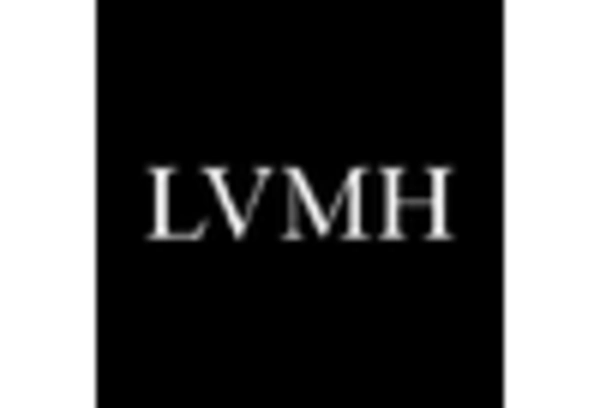
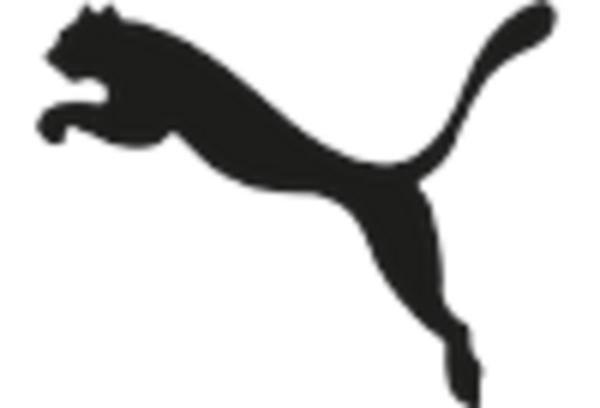








Leave a Comment